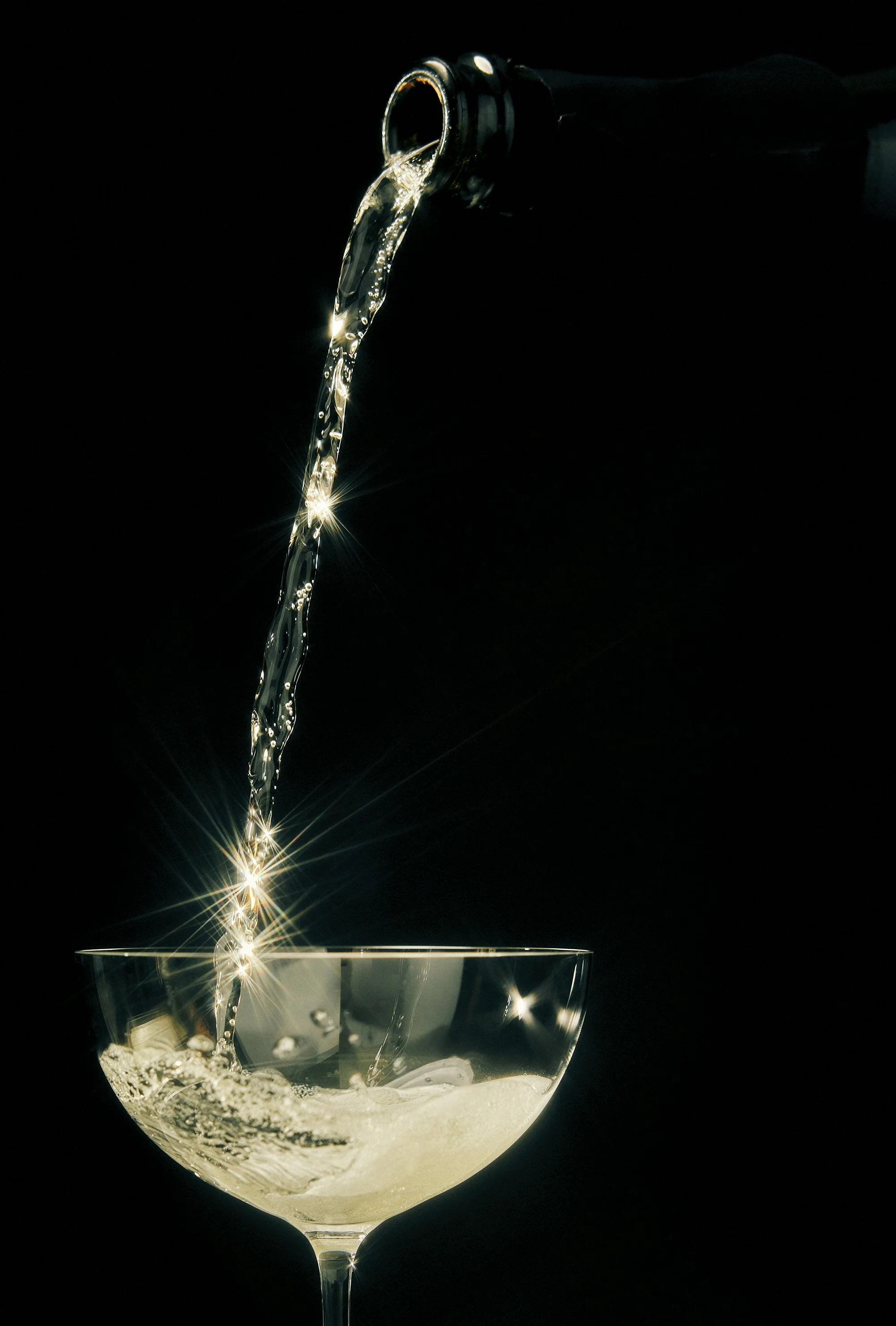No/Low Alcohol Products Gain Market Share, Even In Pandemic
Feb. 9, 2021: Originally published in Forbes.
Even within a pandemic, with its constant chatter about the popularity of drinking at home, zero-proof and low-proof alcoholic products continue to rise, according to a newly released market study from IWSR Drinks Market Analysis.
The Feb. report looks at alcohol consumption in the 10 key countries, including Australia, Canada, France, the U.K. and the U.S. , that represent over 75% of the global zero-proof and low-proof alcoholic beverage market. Globally, the no/low category ticked up to 3% of the total alcoholic market; total volume is forecast to grow by +31% by 2024.
The strength is the category is fueled by what IWSR describes as “a moderation trend that’s sweeping across key global markets.” Consumers are seeking out reduced alcohol and alcohol-free drinks; brands are rushing to fill what was, until a few years ago, a nearly non-existent category. New zero-proof products seemingly debut every month. What was once a sleepy category now includes everything from ready-to-drink canned drinks to gin alternatives such as Ritual Zero Proof, which announced last year it had taken a minority investment from drinks behemoth Diageo (who also invested in Seedlip, the zero proof distillate that arguably kicked off the no-proof craze.)
Even as bars, hotels and restaurants mostly shuttered around the world in 2020, no/low categories still saw gains across the 10 markets, marking a “positive, albeit muted growth,” of 1% in 2020.
While Germany, the largest no/low market, saw drops in the category, the United States, the category’s second largest market, recorded an increase of 30%, despite the mass closings of restaurants and bars, which is where most consumers discover new products. Even the traditional liquor state tasting was put on hold across multiple states in 2020. While challenges remain, IWSR predicts that interest in the no/low category will continue to make gains through to 2024 when it is expected to represent a full third of the total market.
Of particular interest is the zero-proof space. While no- and low-alcoholic products are currently measured together, the two product styles are growing at different speeds. IWSR found that no-alcohol sales volume grew by 4.5%, while low-alcohol decreased by 5.5%.
The growth of no-alcohol is fueled by drinkers as much as non-drinkers. Moderation, not full abstinence, is regarded as the trend behind the growth of the category. “More than half (58%) of no/low consumers report that they choose to switch between no/low and full-strength alcohol products on the same occasion, while only 14% state they do not drink alcohol at all,” IWSR reports. “The most popular occasion to consume no/low products is when relaxing at home (64%), and the category’s suitability to low-tempo occasions is a key reason why it has been so resilient during the pandemic.”
Tellingly, and in a note that could point to where this space is headed in post-pandemic times should we ever get there, IWSR’s research suggests that consumers are making decisions based on taste, “which underscores a finding that consumers are generally willing to pay a similar price for a no/low beverage as a full-strength one.”





